
The solar cycle, also known as the solar magnetic activity cycle, sunspot cycle, or Schwabe cycle, is a nearly periodic 11-year change in the Sun's activity measured in terms of variations in the number of observed sunspots on the Sun's surface. Over the period of a solar cycle, levels of solar radiation and ejection of solar material, the number and size of sunspots, solar flares, and coronal loops all exhibit a synchronized fluctuation from a period of minimum activity to a period of a maximum activity back to a period of minimum activity.
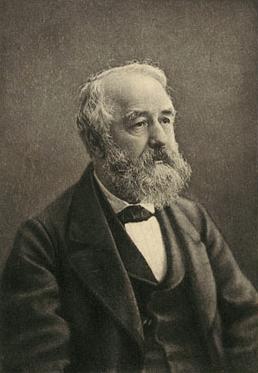
Solar cycle 1 was the first solar cycle during which extensive recording of solar sunspot activity took place. The solar cycle lasted 11.3 years, beginning in February 1755 and ending in June 1766. The maximum smoothed sunspot number observed during the solar cycle was 144.1, and the starting minimum was 14.0.
Solar cycle 8 was the eighth solar cycle since 1755, when extensive recording of solar sunspot activity began. The solar cycle lasted 9.7 years, beginning in November 1833 and ending in July 1843. The maximum smoothed sunspot number observed during the solar cycle was 244.9, and the starting minimum was 12.2.

Solar cycle 10 was the tenth solar cycle since 1755, when extensive recording of solar sunspot activity began. The solar cycle lasted 11.3 years, beginning in December 1855 and ending in March 1867. The maximum smoothed sunspot number observed during the solar cycle was 186.2, and the starting minimum was 6.0. During the transit from solar cycle 10 to 11, there were a total of 406 days without sunspots.

Solar cycle 11 was the eleventh solar cycle since 1755, when extensive recording of solar sunspot activity began. The solar cycle lasted 11.8 years, beginning in March 1867 and ending in December 1878. The maximum smoothed sunspot number observed during the solar cycle was 234.0, and the starting minimum was 9.9. During the minimum transit from solar cycle 11 to 12, there were a total of 1028 days with no sunspots.

Solar cycle 12 was the twelfth solar cycle since 1755, when extensive recording of solar sunspot activity began. The solar cycle lasted 11.3 years, beginning in December 1878 and ending in March 1890. The maximum smoothed sunspot number observed during the solar cycle was 124.4, and the starting minimum was 3.7. During the minimum transit from solar cycle 12 to 13, there were a total of 736 days with no sunspots.
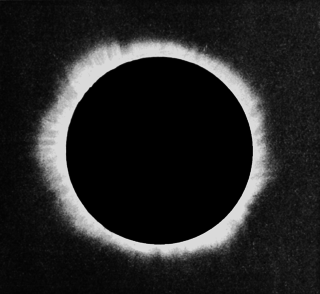
Solar cycle 13 was the thirteenth solar cycle since 1755, when extensive recording of solar sunspot activity began. The solar cycle lasted 11.8 years, beginning in March 1890 and ending in January 1902. The maximum smoothed sunspot number observed during the solar cycle was 146.5, and the starting minimum was 8.3. During the minimum transit from solar cycle 13 to 14, there were a total of 934 days with no sunspots.
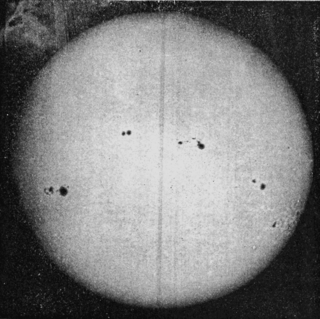
Solar cycle 14 was the fourteenth solar cycle since 1755, when extensive recording of solar sunspot activity began. The solar cycle lasted 11.5 years, beginning in January 1902 and ending in July 1913. The maximum smoothed sunspot number observed during the solar cycle was 107.1, in February 1906, and the starting minimum was 4.5. During the minimum transit from solar cycle 14 to 15, there were a total of 1023 days with no sunspots.
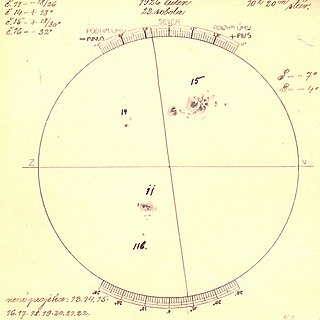
Solar cycle 15 was the fifteenth solar cycle since 1755, when extensive recording of solar sunspot activity began. The solar cycle lasted 10.1 years, beginning in July 1913 and ending in August 1923. The maximum smoothed sunspot number observed during the solar cycle was 175.7, and the starting minimum was 2.5. During the minimum transit from solar cycle 15 to 16, there were a total of 534 days with no sunspots.

Solar cycle 16 was the sixteenth solar cycle since 1755, when extensive recording of solar sunspot activity began. The solar cycle lasted 10.1 years, beginning in August 1923 and ending in September 1933. The maximum smoothed sunspot number observed during the solar cycle was 130.2, and the starting minimum was 9.4. During the minimum transit from solar cycle 16 to 17, there were a total of 568 days with no sunspots.
Solar cycle 17 was the seventeenth solar cycle since 1755, when extensive recording of solar sunspot activity began. The solar cycle lasted 10.4 years, beginning in September 1933 and ending in February 1944. The maximum smoothed sunspot number observed during the solar cycle was 198.6, and the starting minimum was 5.8. During the minimum transit from solar cycle 17 to 18, there were a total of 269 days with no sunspots.
Solar cycle 18 was the eighteenth solar cycle since 1755, when extensive recording of solar sunspot activity began. The solar cycle lasted 10.2 years, beginning in February 1944 and ending in April 1954. The maximum smoothed sunspot number observed during the solar cycle was 218.7, and the starting minimum was 12.9. During the minimum transit from solar cycle 18 to 19, there were a total of 446 days with no sunspots.
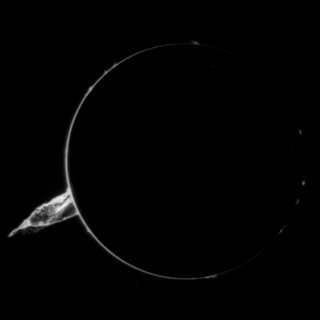
Solar cycle 19 was the nineteenth solar cycle since 1755, when extensive recording of solar sunspot activity began. The solar cycle lasted 10.5 years, beginning in April 1954 and ending in October 1964. The International Geophysical Year occurred at the peak of this solar cycle.
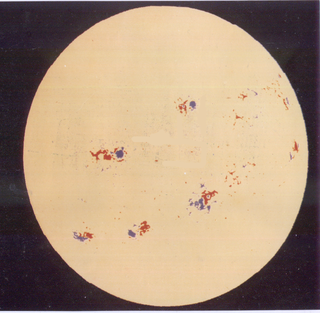
Solar cycle 20 was the twentieth solar cycle since 1755, when extensive recording of solar sunspot activity began. The solar cycle lasted 11.4 years, beginning in October 1964 and ending in March 1976. The maximum smoothed sunspot number observed during the solar cycle was 156.6, and the starting minimum was 14.3. During the minimum transit from solar cycle 20 to 21, there were a total of 272 days with no sunspots.

Solar cycle 21 was the 21st solar cycle since 1755, when extensive recording of solar sunspot activity began. The solar cycle lasted 10.5 years, beginning in March 1976 and ending in September 1986. The maximum smoothed sunspot number observed during the solar cycle was 232.9, in December 1979, and the starting minimum was 17.8. During the minimum transit from solar cycle 21 to 22, there were a total of 273 days with no sunspots. The largest solar flare of this cycle (X15) occurred on July 11, 1978.

Solar cycle 22 was the 22nd solar cycle since 1755, when extensive recording of solar sunspot activity began. The solar cycle lasted 9.9 years, beginning in September 1986 and ending in August 1996. The maximum smoothed sunspot number observed during the solar cycle was 212.5, and the starting minimum was 13.5. During the minimum transit from solar cycle 22 to 23, there were a total of 309 days with no sunspots.
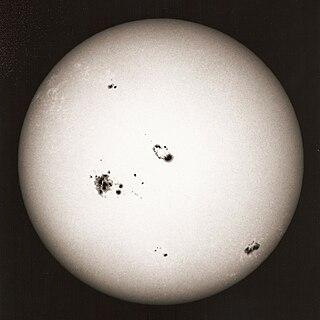
Solar cycle 23 was the 23rd solar cycle since 1755, when extensive recording of solar sunspot activity began. The solar cycle lasted 12.6 years, beginning in August 1996 and ending in December 2008. The maximum smoothed sunspot number observed during the solar cycle was 180.3, and the starting minimum was 11.2. During the minimum transit from solar cycle 23 to 24, there were a total of 817 days with no sunspots. Compared to the last several solar cycles, it was fairly average in terms of activity.

Solar cycle 25 is the current solar cycle, the 25th since 1755, when extensive recording of solar sunspot activity began. It began in December 2019 with a minimum smoothed sunspot number of 1.8. It is expected to continue until about 2030.
Solar observation is the scientific endeavor of studying the Sun and its behavior and relation to the Earth and the remainder of the Solar System. Deliberate solar observation began thousands of years ago. That initial era of direct observation gave way to telescopes in the 1600s followed by satellites in the twentieth century.

Solar phenomena are natural phenomena which occur within the atmosphere of the Sun. They take many forms, including solar wind, radio wave flux, solar flares, coronal mass ejections, coronal heating and sunspots.
















